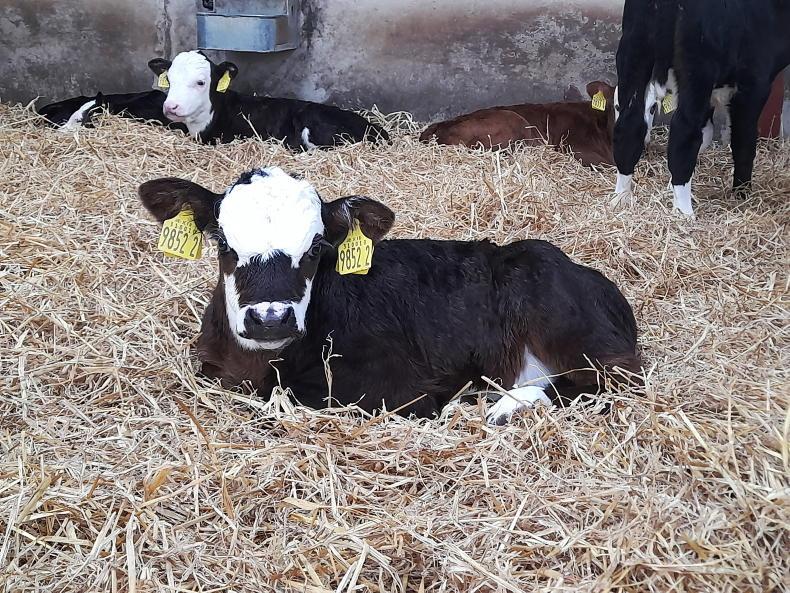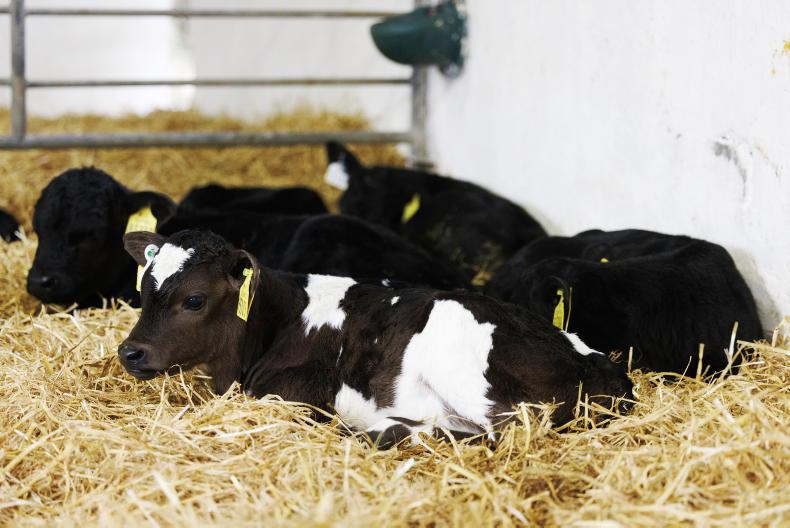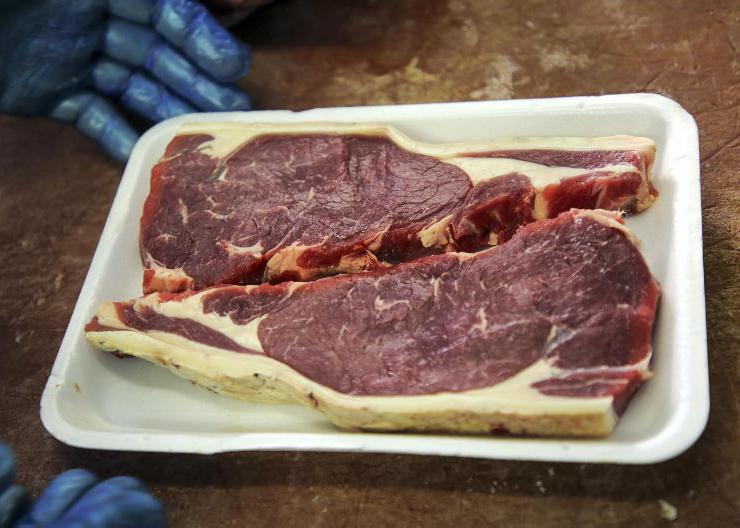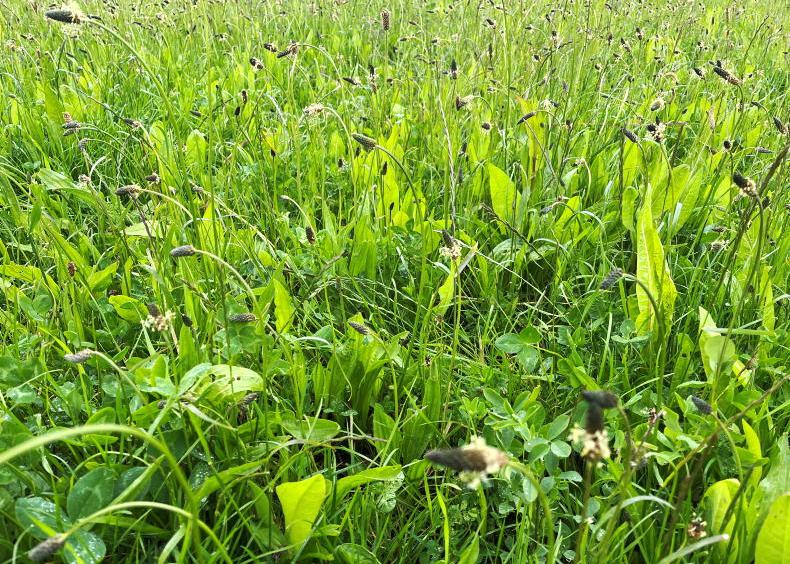Ewe nutrition
The importance of ewe nutrition was touched upon on numerous occasions in recent weeks and is again referenced in this week’s sheep feature on page 36.
Research carried out in UCD shows that where energy intake is limited in the final four weeks of gestation, it will significantly reduce the volume of colostrum produced in the first hour post birth and milk production reduced thereafter in early lactation. Inadequate pre-lambing nutrition also reduces the mothering ability of the ewe.
Colostrum trials also show the merit in ensuring each lamb born receives some ewe colostrum from ewes on the farm, where possible. UCD research shows that the lifetime performance of lambs which received only a colostrum substitute was 17% lower than lambs which received ewe colostrum.
For this reason, efforts taken to ensure lambs receive at least some ewe colostrum will deliver a substantial reward. The reasoning for striving to feed colostrum from ewes to which lambs were born is to promote passive transfer of antibodies which will protect against pathogens specific to the environment in to which lambs were born.
Cow colostrum is regularly used to supplement lambs, but it should be noted that there are associated risks with anaemia. In some cows certain antibodies can cause a breakdown of red blood cells in sheep. Pooling of colostrum from a number of cows can reduce this risk, while again it is preferential where applicable to use colostrum which has been produced by cows on the farm.
If using from another herd then it is important to establish the health status to guard against diseases like Johnes. Cow colostrum is less concentrated and as such the advice is to increase guideline supplementation rates by 30% if using it.
Post-mortem submissions
Regional veterinary laboratories (RVLs) are encouraging farmers to submit deformed lambs and calves where Schmallenberg virus is suspected. Reports indicate the prevalence of the disease is far greater than is being reported with many farmers opting not to submit foetuses.
RVLs want to handle more animals in order to increase the intensity and sensitivity of survelliance for both Schmallenberg virus and bluetongue virus, both of which can lead to the birth of deformed offspring.
Samples identified for submission to RVLs must be pre-booked through your vet who will organise timing of delivery. Your vet will also be in a good position to advise whether or not further diagnosis such as blood testing may be beneficial.
Sheep census reminder
Remember online submission of the sheep census must be submitted by 14 February 2025 via your agfood.ie account or via the Animal Identification and Movement services app. The date of the census was 31 December 2024.
Where accessing through the agfood.ie account, select the heading ‘Animal Identification and Movements’ followed by selecting ‘Sheep Keeper’. This will be the only option for farms which do not have cattle.
The next step is selecting ‘ Census’ and ‘Create’ in the top left of the screen. A summary page and date of submission will be presented where an application has been successfully submitted. Previous submissions can be amended / viewed.










SHARING OPTIONS